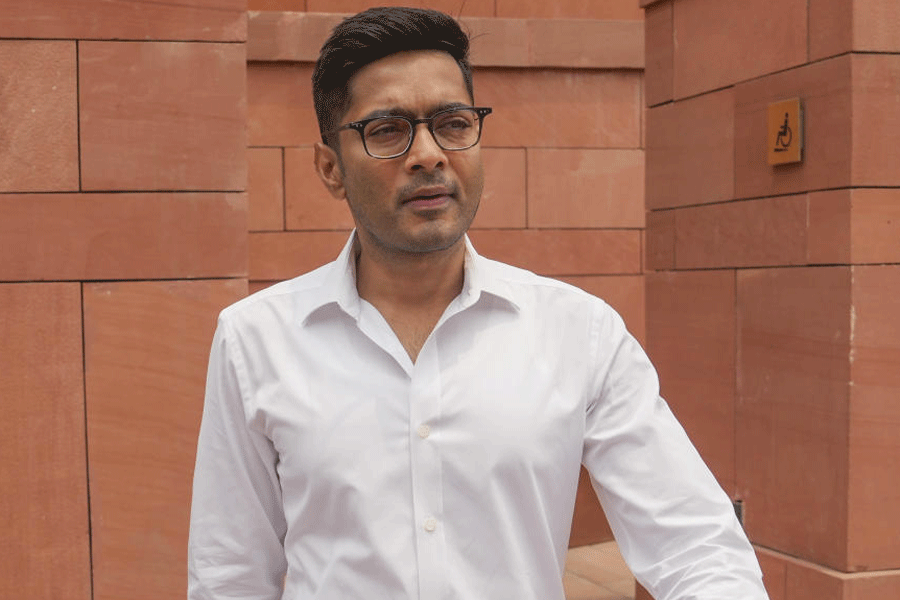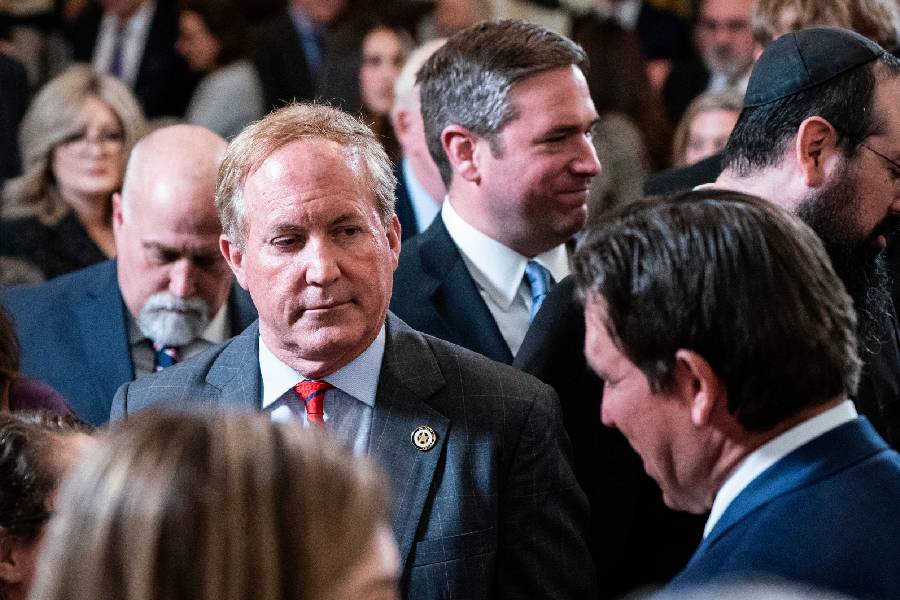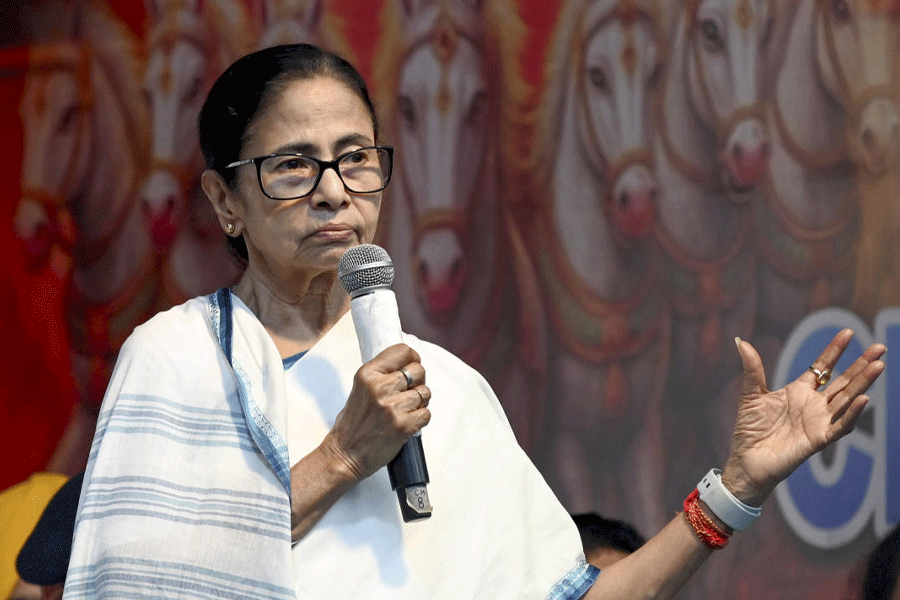
KEEPING INDIA SAFE: THE DILEMMA OF INTERNAL SECURITY By Vappala Balachandran, HarperCollins, Rs 599
Keeping India Safe by Vappala Balachandran, is an in-depth analysis of the current security scenario in the country. Having worked in the district police and the intelligence set-up, the author, a former officer of the prestigious Indian Police Service, is eminently suitable to comment on the topic. He has done detailed research in tracing the system of law enforcement from the 'daroga days' to its current avatar. The book with seven chapters has two main themes - the importance of a strong Centre in securing the nation against various serious threats and the need to reduce the burden of local police entrusted with non-police duties. This would enable it to support the recommended federal police with all India jurisdiction. The book concludes with recommendations to improve law enforcement and the need to partner with citizens and private organizations for securing India.
The chapter on William Henry Sleeman is interesting for its description of the battle against the notoriously violent ' thugs' of the British era that the younger generation may not even be aware of. Balachandran has traced Sleeman's war against the 'thugs' and the breakdown of policing during the Partition to highlight the need for a strong Centre and a federal police force.
The author has a parallel narrative of his own career in police, both as an officer and as an observer. That he has a strong grip over the subject is apparent. He has also studied law enforcement of developed countries, participated in various national and international conferences and given adequate glimpses of the same in the book. Some of the anecdotes are interesting with lessons for improved national and international co-ordination and proactive policing.
Being a member of the high level committee appointed by Maharashtra after the 26/11 terrorist attack in Mumbai, Balachandran got an opportunity to assess the preparedness and response of the police. He has recorded the failure of the National Security Council and the Crisis Management Group, the late arrival of NSG commandos, change of its crucial Standing Order, a vulnerable coast line and the fragmented, loose intelligence set-up of the country. He has emphasized the need for a joint anti-terror task force to deal with serious security threats. Balachandran has compared how the United States of America responded to 9/11 by immediately enacting the Homeland Security Act and integrating intelligence and risk analysis. The illustrations from Singapore, the United Kingdom, and so on, are informative for the reader. The chapter provides interesting insights into the responses by various Indian agencies to 26/11 as well as a strong comment on the 'self-defeating attitude of the bureaucracy'. The subsequently created National Investigation Agency, according to the author, is an inadequate response to the challenge. He is aware of the strong federal structure and has cited examples of states scuttling the efforts of the Central government to empower itself.
The book is easy to read despite a heavy subject. However, at a few places, abrupt change of topics - such as from the Partition riots to the Naga insurgency in chapter one - can rattle the reader. Another jarring note is the author going to great lengths to ascribe reasons for the Emergency in 1975. A full chapter has been devoted to it. Is he justifying it, one wonders.
This is a book rooted in real-time policing. Most of its recommendations - for example, legal cover to the Intelligence Bureau and constitutional status and legal autonomy to the Central Bureau of Investigation - are worth immediate implementation. The author has succeeded in depicting the inadequacies of the current system of local police dealing with the security challenges and puts up a convincing case for a strong federal police with all India jurisdiction, integrated intelligence, and a joint anti-terror task force with citizens and private organizations as partners.











